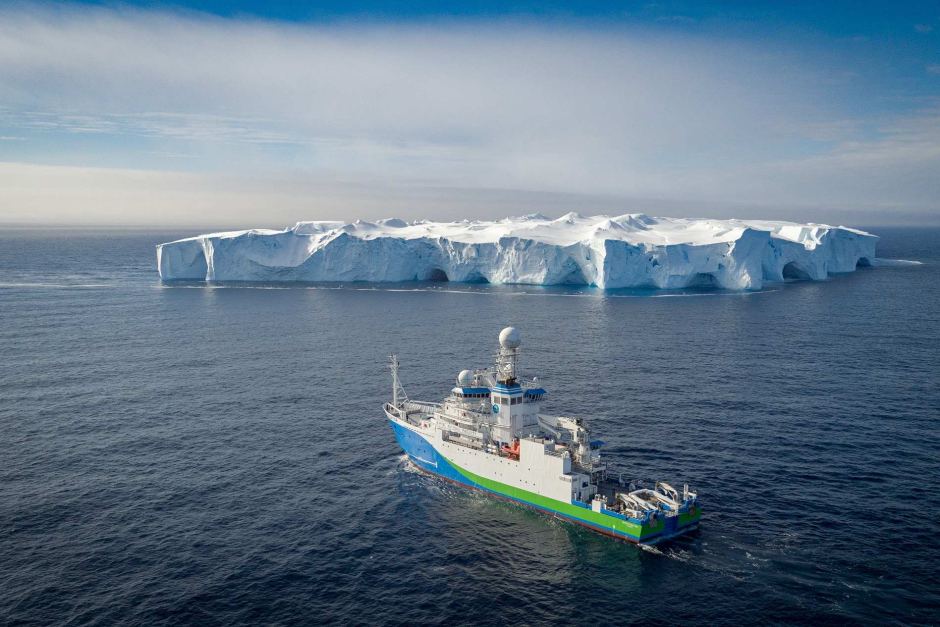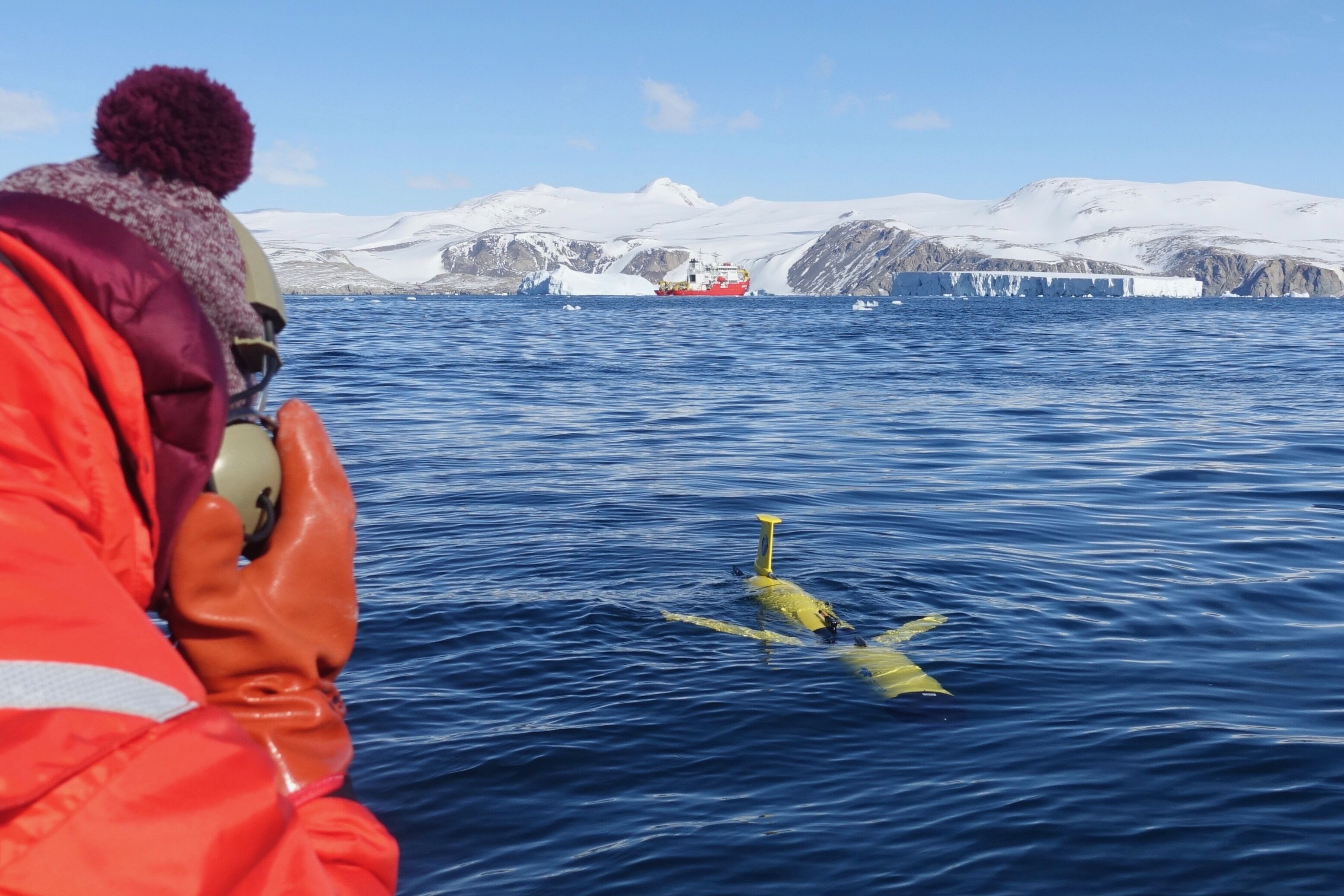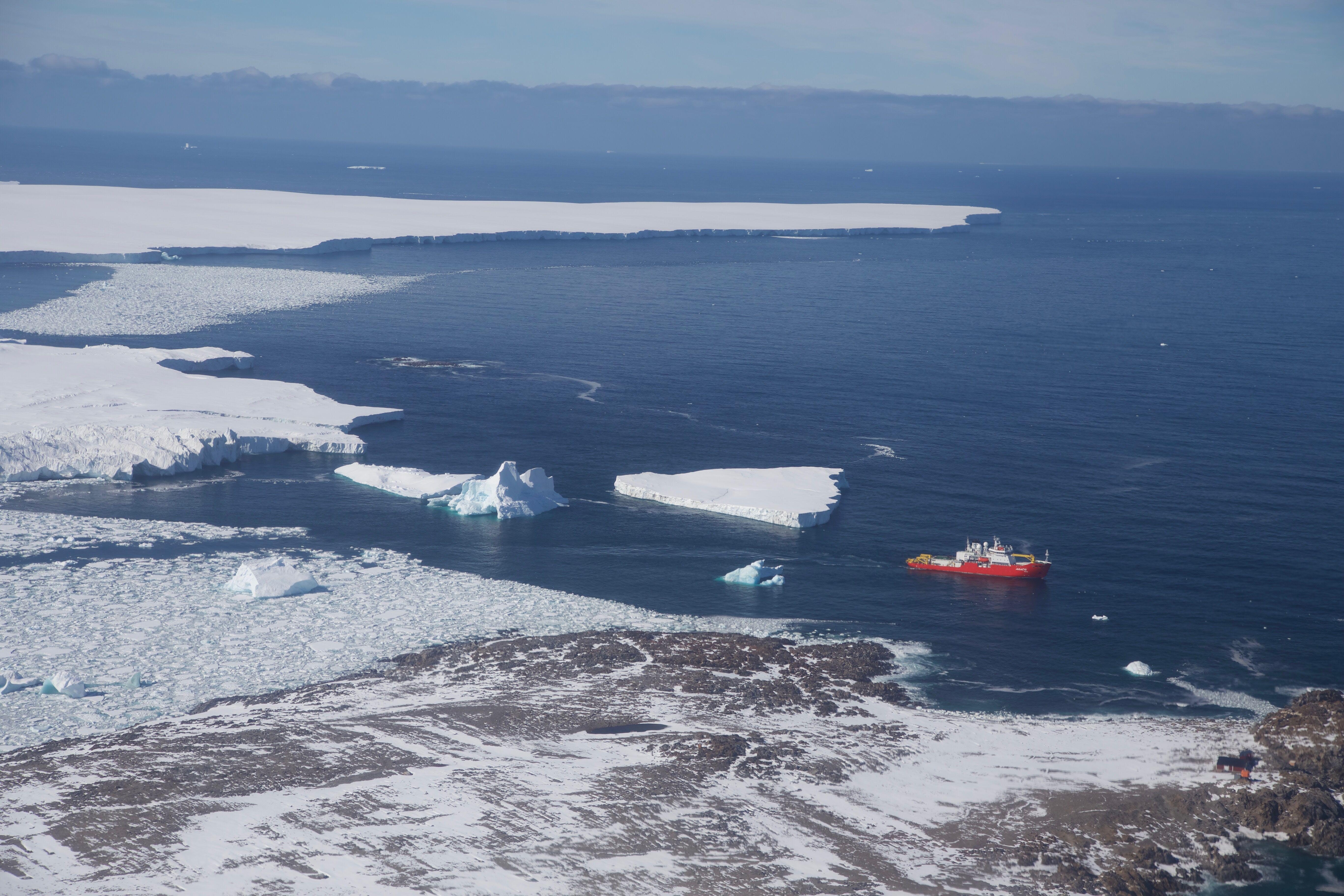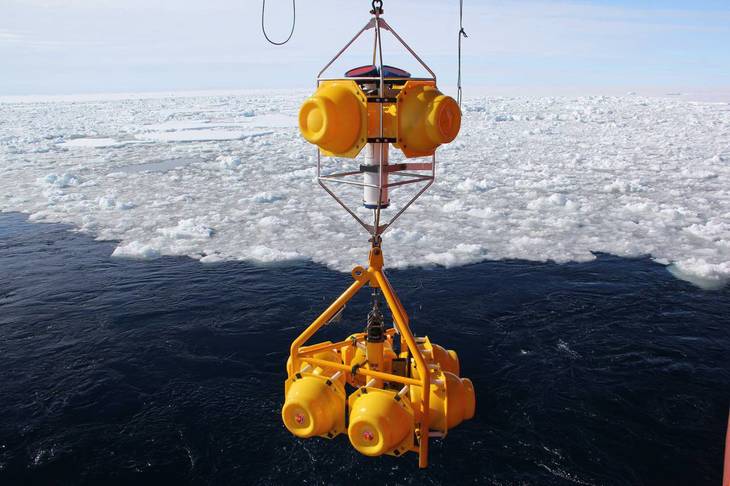Polar Technology
Task Team

Developing a Polar Technology group to work on addressing challenges and exploiting synergies in technology targeted at Southern Ocean and Antarctic marine research
The application of technology remains the key enabler in progressing marine science observations in the Southern Ocean and Antarctic waters. While communities of science agencies are quite mature in this area, engagement in engineering and technical areas remains mostly ad-hoc. There is a great opportunity to build a community around the development and use of Polar Technology to share knowledge, streamline investments and provide general advocacy for investments in technology areas.
The size, complexity, harsh conditions and high operational costs associated with collecting observations in the Southern Ocean mean that a broad suite of technologies are required to address the spatio-temporal data gaps in traditional sampling. This was highlighted in a recent review and community statement of Southern Ocean observational progress and future priorities (Newman et al., 2019) and the SOOS 2021-2025 Science and Implementation Plan. Current and emerging technologies for polar observations, including autonomous platforms, are greatly enhancing observations which were previously logistically challenging. These include under-ice measurements, observations during winter, and data required to constrain air-sea fluxes. To meet SOOS’s mission of having a sustained, integrated observing system of the Southern Ocean, a full portfolio of polar technologies will be required.
The OceanObs19 conference identified a number of technological and infrastructural challenges in addressing global marine observations. These challenges are particularly acute in the polar regions due to the challenges in operating in polar environments, and relatively smaller number agencies investing in science operations in these areas. Existing communities and fora working to address these challenges – such as the Polar Oceans Technology Committee in the Ocean Engineering Society (Polaroceans.org) are often strongly focused on Arctic challenges and provide limited opportunities to focus discussions on the Southern Hemisphere. This is particularly relevant given the larger geographic region and greater reliance on international collaboration typifying the Southern Ocean. A more regional focused effort supported by SOOS, with connections to Arctic efforts, would yield significant benefits building on existing efforts.
In discussions with stakeholders some of the following areas of investigation have been identified:
-
Interoperability and lack of standards in new technology; field support, hardware, software and data.
-
Lack of access to sites for testing and trials. Can we find ways of sharing this bandwidth beyond science collaborations to include technology?
-
Technology development life cycle - progressing technology to scale.
-
Embracing autonomy and its supporting cyberinfrastructure.
-
Lack of advocacy for investment in technology areas.
-
Establishment of best practice for both design and operation of assets and infrastructure.
-
Facilitating multi-programme, multi-national support in deployment/recovery logistics.
-
High risk nature of technology investment. How can the community provide support and a common roadmap to help partners de-risk their technological investment decisions.
The SOOS Polar Technology Task Team will work with the community to identify and draw out the challenges faced by technology developers and operators in developing and growing the adoption of new technologies/methods with a specific focus on key areas of change that can be addressed through co-operation and inter-agency engagement. The challenges in question are quite broad and ultimately the goal of this task team will be to prepare a comprehensive draft proposal to progress this work through a working group structure.




Photo: Steve-Rintoul-CSIRO-and-ACE-CRC
Specific Objectives
-
Collate challenges faced by technology developers and operators in developing and growing the adoption of new technologies/methods in support of marine observations in the Southern Ocean and Antarctic.
-
Work towards outlining the efficacy and potential impacts of a community working group around polar technology.
Draft Objectives of the proposed CWG
-
Bring together technology providers and operators to identify core challenges in progressing the state-of-the art in polar observational and cyberinfrastructure technology.
-
Identify technological, data management, (cyber) infrastructure and logistical steps necessary to implement the future integrated circumpolar observing system proposed by SOOS.
-
Raise the profile of technology development activities within the community.
-
Establish best practices and standards for application of new technologies to enabling new marine observation approaches.






